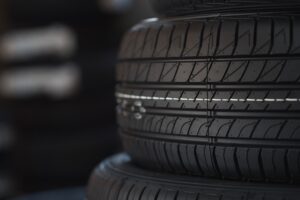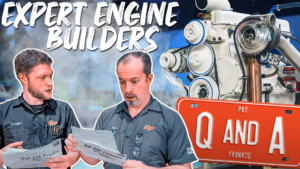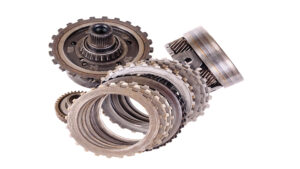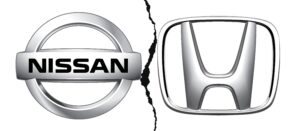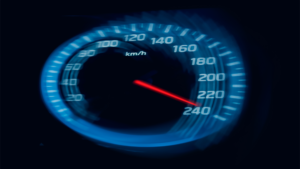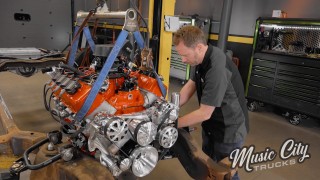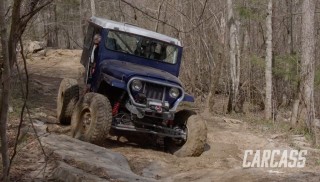How To Properly Strap Down And Make A Pull On A Chassis Dyno
Vehicle testing and development when it comes to the engine is all about the chassis dyno. So Mike and Pat take the Chevelle from Detroit Muscle with the “In-House Power Mouse” engine that was built on Engine Power and show you the correct way to strap the car down, what connections are needed, and how to make a pull.
The “In-House Power Mouse” engine is a 406 cubic-inch small-block Chevy with a bad boy attitude. It was dyno-ed in two forms. First, naturally aspirated before intercooler piping was attached and installed the bulk and made some boosted pulls with F1A Pro-charger. The results were impressive on 15-lbs.
When operating a dyno, it’s best to have two people setting it up; having one person outside guiding it in makes it easier to get the rear wheels centered cleanly on the roller. Be sure you have straps rated for the job. We get ours directly from DynoJet so there’s no questioning their capabilities. You also want to make sure you hook up to something solid not only on the car but make sure the straps aren’t near anything hot (like the exhaust) so you don’t burn through them.
Anytime you strap down anything using a ratchet strap always have plenty of strap wrapped around the ratchet spool. This ensures a good clamp load that won’t loosen during the pull. Next, connect the tach pickup directly to the plug wire then attaches the ground to the AC compressor’s bracket. Another ground is attached to the chassis of the Chevelle, then to the dyno platform.
Another important aspect to ensure an accurate reading is making sure the vehicle’s information is entered in the dyno computer correctly, including notes about the car in case you go back to look at data you know exactly what you’re looking at.
When the car is sitting on the dyno stationary, there’s no air moving into the air damn, so having a squirrel fan is a must. The main goal is to keep the IATs (intake air temperatures) down since that’s where power is made. Tire pressure is also important. Mike and Pat prefer to run between 34 and 36 PSI since low pressure will rob power and too much will cause the tire to fail.
Once the car is squared up on the roller and there’s some heat in the differential, trans, and engine oil, you’re ready for a pull.

